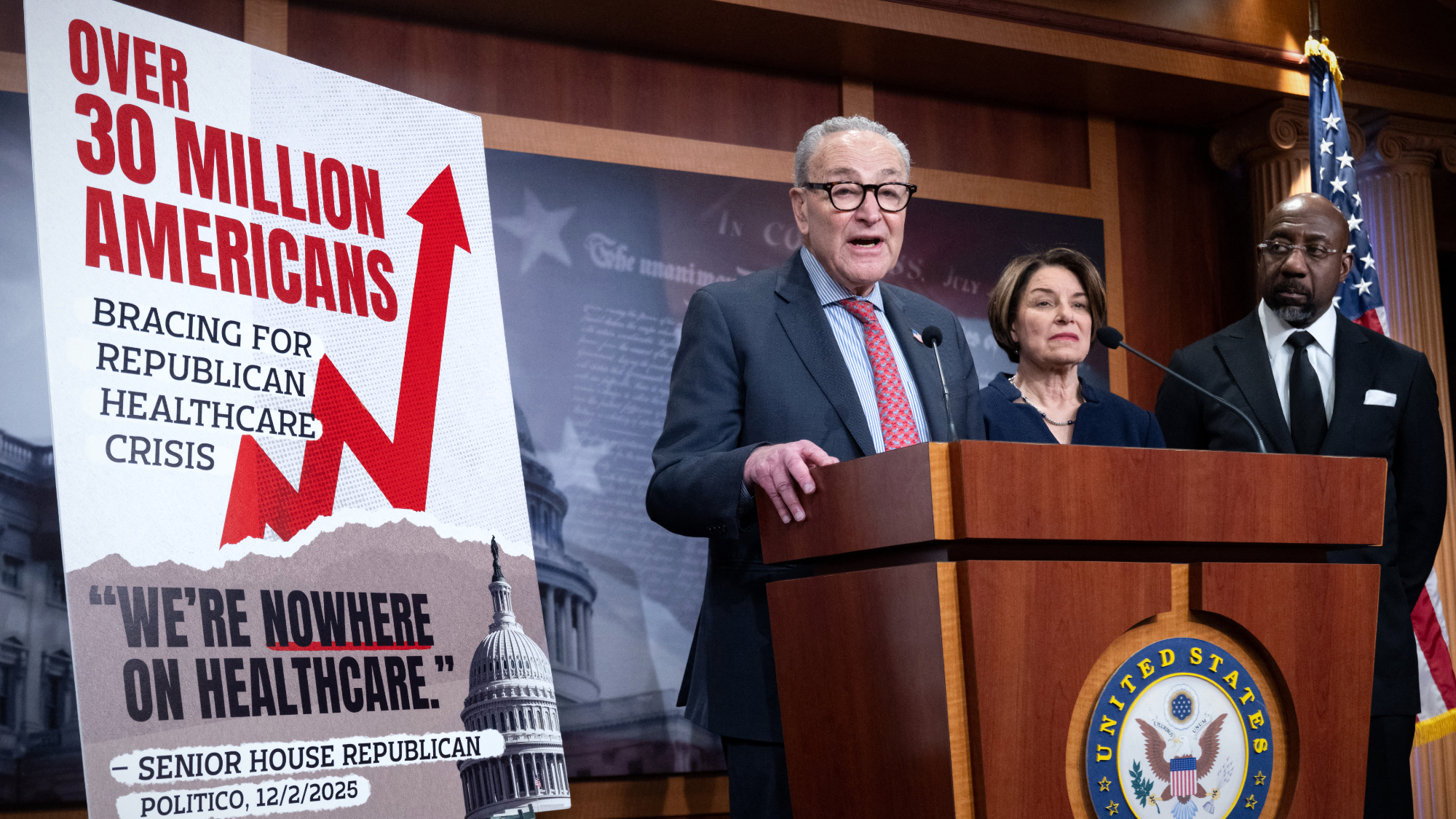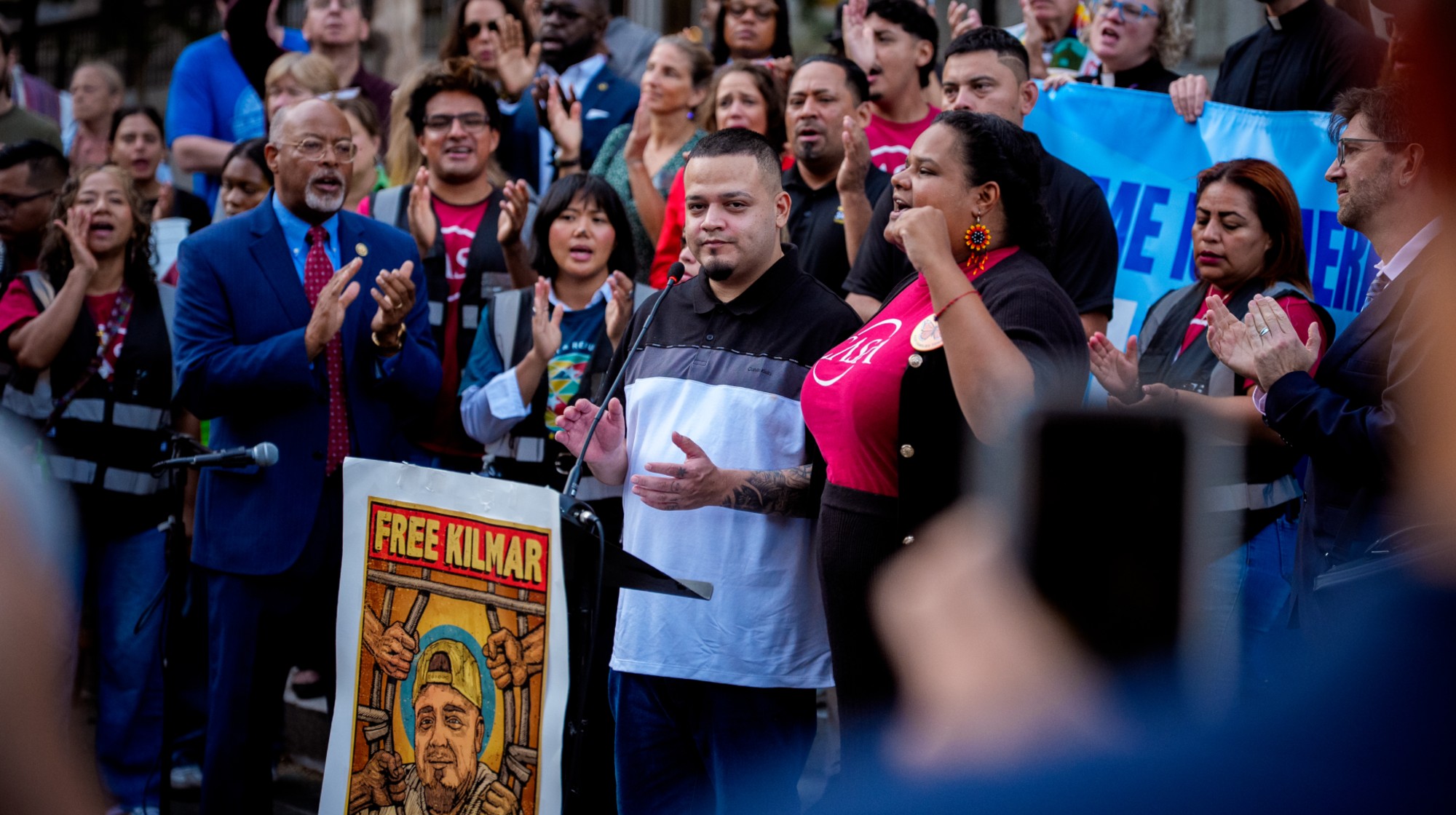The end of cheap Chinese labor?
Some of China's largest manufacturers are boosting their workers' pay by 100 percent. What does this mean for the world's third largest economy — and how could it affect the U.S.?
In a dramatic shift, workers' wages are suddenly rising in China. Foxconn, China's largest employer and the focus of protests over its ongoing worker-suicide scandal, will more than double wages for many of its 800,000 laborers before October, and other manufacturers are following suit. But what is behind this "transformation in China's economy"? Will it really herald the end of low-cost labor in China? And what does that mean for the U.S.? (Watch a Bloomberg report about Foxconn's raised wages)
How much exactly is Foxconn going to pay its workers?
Foxconn, which currently employs about 800,000, says it will raise its minimum wage for Chinese workers by 30 percent on July 1, and by a further 66 percent in October for workers who pass a performance review. So a minimum-wage employee could see his monthly salary rise from 900 RMB ($131) to 2,000 RMB ($293).
The Week
Escape your echo chamber. Get the facts behind the news, plus analysis from multiple perspectives.

Sign up for The Week's Free Newsletters
From our morning news briefing to a weekly Good News Newsletter, get the best of The Week delivered directly to your inbox.
From our morning news briefing to a weekly Good News Newsletter, get the best of The Week delivered directly to your inbox.
Who else is giving their workers pay rises?
Honda will pay workers 24 percent more in pay and benefits; TPV Technology, the world's largest manufacturer of computer displays, which raised wages 15 percent in January, will up them by a further 15 to 20 percent later on this year. And local government employers are already increasing their wages in response to private sector pay-rises. It is a "long-term unstoppable trend," said analysts at Macquarie Group.
Why is this happening now?
That's a "topic for great debate," says Andrew Leonard at Salon. The "cluster of suicides" at Foxconn (which produces high-tech devices for Apple, Hewlett-Packard and others) may be behind the rapid wage increase. And "good old-fashioned labor organisation" — that is, strike action — prompted Honda to act. But widespread inflation, a smaller labor market, and an increasingly educated, aspirational workforce unwilling to live in poverty could also be factors.
A free daily email with the biggest news stories of the day – and the best features from TheWeek.com
So is this the beginning of the end of low-cost labor in China?
Perhaps, though many point out that the country's manufacturing industry is largely based in the industrial fringes of the country, rather than the underdeveloped inland areas. If China pushes its manufacturing base inland, says Niranjan Rajadhyaksha at LiveMint, you might see the entry of "a billion low-wage Chinese into the global labor market" — undermining many of the hard-won wage increases we are seeing at the moment. That said, China's working-age population is likely to diminish in the next few years due to its one-child policy — meaning the labor force will become more competitive, and less vulnerable to exploitation.
What could widespread wage increases mean for China?
In theory, higher wages means wealthier workers and higher domestic consumption, which in turn could produce a healthier, more stable economy. But some warn that spiralling wage hikes often accompany lower productivity levels, which could stifle China's growing industrial sector and slow its GDP growth.
Will this mean more expensive goods in the U.S.?
Those worrying that their new iPhone will now cost more can relax for the moment. "Wage increases won't necessarily force significant price increases," write Andrew Batson and Norihiko Shirouzu at The Wall Street Journal, "in part because the companies still have ways to improve productivity and lower costs." In fact, a healthier domestic economy in China could be good news for the U.S, as it might improve the vast trade deficit between the two nations.
Sources: Wall Street Journal, Salon, LiveMint, Financial Times
-
 Kristi Noem might not be long for Trumpland
Kristi Noem might not be long for TrumplandIN THE SPOTLIGHT The Homeland Security secretary has been one of the most visible and vocal architects of Trump’s anti-immigration efforts, even as her own star risks fading
-
 Senate votes down ACA subsidies, GOP alternative
Senate votes down ACA subsidies, GOP alternativeSpeed Read The Senate rejected the extension of Affordable Care Act tax credits, guaranteeing a steep rise in health care costs for millions of Americans
-
 Abrego García freed from jail on judge’s order
Abrego García freed from jail on judge’s orderSpeed Read The wrongfully deported man has been released from an ICE detention center
-
 Has Zohran Mamdani shown the Democrats how to win again?
Has Zohran Mamdani shown the Democrats how to win again?Today’s Big Question New York City mayoral election touted as victory for left-wing populists but moderate centrist wins elsewhere present more complex path for Democratic Party
-
 Millions turn out for anti-Trump ‘No Kings’ rallies
Millions turn out for anti-Trump ‘No Kings’ ralliesSpeed Read An estimated 7 million people participated, 2 million more than at the first ‘No Kings’ protest in June
-
 Ghislaine Maxwell: angling for a Trump pardon
Ghislaine Maxwell: angling for a Trump pardonTalking Point Convicted sex trafficker's testimony could shed new light on president's links to Jeffrey Epstein
-
 The last words and final moments of 40 presidents
The last words and final moments of 40 presidentsThe Explainer Some are eloquent quotes worthy of the holders of the highest office in the nation, and others... aren't
-
 The JFK files: the truth at last?
The JFK files: the truth at last?In The Spotlight More than 64,000 previously classified documents relating the 1963 assassination of John F. Kennedy have been released by the Trump administration
-
 'Seriously, not literally': how should the world take Donald Trump?
'Seriously, not literally': how should the world take Donald Trump?Today's big question White House rhetoric and reality look likely to become increasingly blurred
-
 Will Trump's 'madman' strategy pay off?
Will Trump's 'madman' strategy pay off?Today's Big Question Incoming US president likes to seem unpredictable but, this time round, world leaders could be wise to his playbook
-
 Democrats vs. Republicans: who are US billionaires backing?
Democrats vs. Republicans: who are US billionaires backing?The Explainer Younger tech titans join 'boys' club throwing money and support' behind President Trump, while older plutocrats quietly rebuke new administration